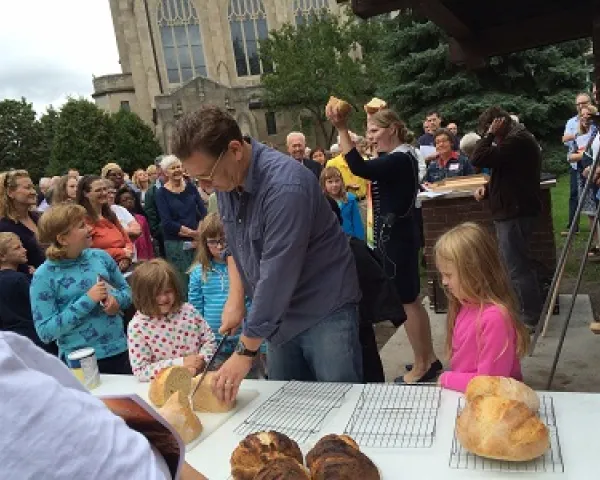Submitted by Ross Hackenmiller, outreach coordinator, Hamline Church United Methodist
What were you aiming to do?
At Hamline Church United Methodist, we use Minnesota Compass to better understand the community of which we're a member: Hamline-Midway neighborhood in St. Paul. A strongly held value of the church is to meet people where they are, and Compass data helps us to get a better picture of who our neighbors are and how we can address needs in the community. In addition, we want to be as welcoming a space as possible, and that involves getting to know the community and offering programs that are meaningful to people in the community.
Which information did you draw on?
We generally focus on statistics on age, income, ethnicity, and household size in the Hamline-Midway neighborhood. Information about Saint Paul as a whole is also important to see how the Hamline-Midway area compares to the city. We also compare our neighborhood to other neighborhoods.
What happened?
Since using Compass data, we’ve become more aware of issues right in the neighborhood, such as the diversity of income levels and poverty, and as a result we have implemented more social justice-related programs to assist lower-income members of the neighborhood. For example, we have a new outdoor bread oven that we are using for food-related ministries, and we offer a service of passing out blessing bags with food, soap, and other materials for people in need who stop by the church.
Also, while our congregation has a large contingent of older citizens, Compass data has helped us rethink how we can be more welcoming and offer better programs to those between 18-65 years old, which is the dominant age range in the neighborhood.
